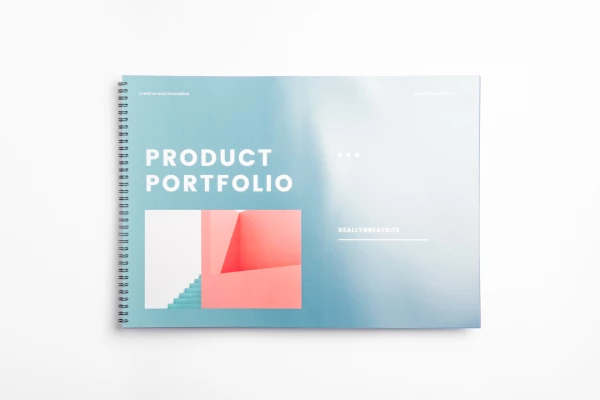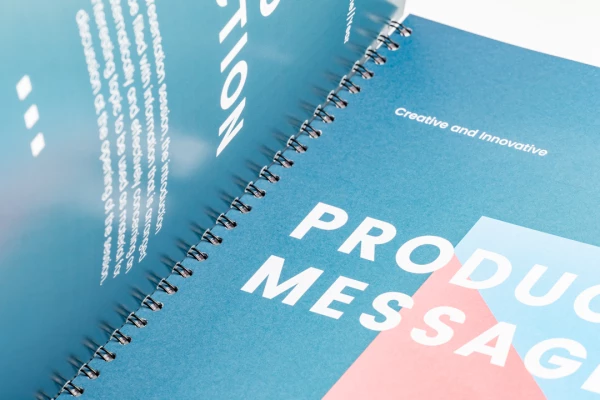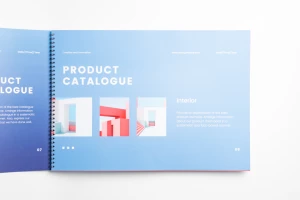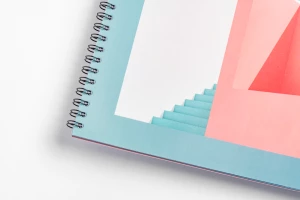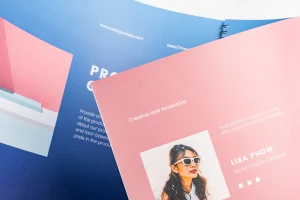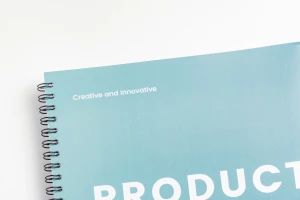Portfolio
Product photo specifications: A3 size*, 13 pages in color, double-sided printing on 250 gsm paper, wire-o binding on the short side, front cover printed on very sturdy paper + transparent, back cover (single-sided print) on very sturdy white paper + transparent, black metal ring binding
Document ready? Order your portfolio
Bring Your Work to Life
A portfolio is the ideal way to showcase your work in a professional and organized manner. Whether you're a creative professional, student, or photographer, a well-crafted portfolio ensures that your work stands out. At Print&Bind, you can customize your portfolio exactly the way you want, with a variety of paper types and finishing options. Whether you prefer a sleek design, a luxurious look, or a minimalist style, we ensure that your portfolio looks professional. Perfect for presentations, job applications, or sharing your work with clients and stakeholders!
Customize the Finishing of Your Portfolio
At Print&Bind, you have full control over the look and feel of your portfolio. Choose from different sizes, paper types, and print options (single- or double-sided, borderless) to give your work a polished, professional finish. We offer options like perfect binding or Wire-O binding (available in silver or black). For the front and back covers, you can select from transparent plastic, sturdy printed material, or a luxury coating. With our wide range of finishing options, you’ll create a unique and high-quality portfolio that perfectly complements your presentation.
Submitting Your Portfolio
Margin: Allow a safety margin of 15 mm on the binding side and 5 mm on the other sides.
File Format: Submit your file as separate pages of the same size in PDF format.
Continuous Cover: If you want the spine of your book printed as well, you need to submit your cover as a spread. Find out how to do this here!
Fast and Affordable Online Portfolio Printing
At Print&Bind, we offer quick and budget-friendly online portfolio printing and binding. Simply submit your files as a PDF or in almost any other file format, and we’ll get to work on printing and binding your portfolios as soon as possible. We can deliver your portfolios to your home within two working days. Save on costs by picking them up at one of our pickup points in Amsterdam. Need your order urgently? Place your order by 1:00 PM, and you can pick it up the same day from 6:00 PM or have it delivered to your home within 24 hours. If you opt for pickup at our location and order urgently before 1:00 PM, your portfolio will be ready by 4:00 PM. Easily calculate the price and delivery date for your portfolios at the top of this page.

